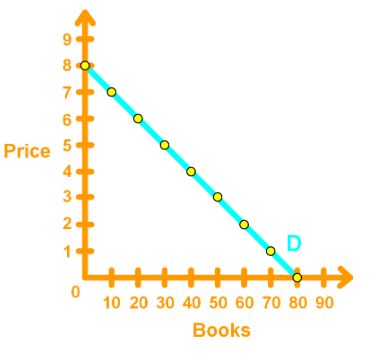Definition for Elasticity
Elasticity helps us analyze supply and demand with great precision and shows us how buyers and sellers respond to change.
The elasticity of demand measures the responsiveness of the quantity demanded to a change in the good.
Formulas for Price Elasticity of Demand
Using the formula above, there are two ways to calculate price elasticity of demand.
First Way: Point Elasticity of Demand
Second Way: Arc Elasticity of Demand
Where = and =
Ignore the negative sign when calculating the elasticity, it is unimportant.
Notes about Price Elasticity of Demand
Average Price and Quantity: We use average price and quantity when applying the arc elasticity of demand formula because we get the same elasticity value regardless of whether the price rises or falls. It is also more accurate.
Percentages and Proportions: The ratio of two proportionate changes is the same as the ratio of two percentage changes.
Units-Free Measure: Since Elasticity uses percentages, the change in the units of measurement of price and quantity does not matter.
Types of Elasticities
Inelastic Demand: Quantity demanded does not respond strongly to price changes.
Elastic Demand: Quantity demanded responds strongly to price changes.
Unit Elastic Demand: Quantity demanded responds equally to price changes.
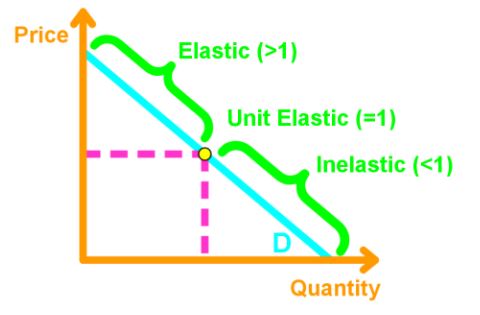
Mathematically, if:
- > 1, then it is elastic, and 1% Change in P results in greater than 1% Change in Q
- < 1, then it is inelastic, and 1% Change in P results in less than 1% Change in Q
- = 1, then it is unit elastic, and 1% Change in P = 1% Change in Q
Two Unique Cases of Demand Curves
Case 1: If a demand curve is perfectly inelastic, then the quantity demanded does not respond to price changes.

Case 2: If a demand curve is perfectly elastic, then the quantity demanded changes infinitely with any price changes.
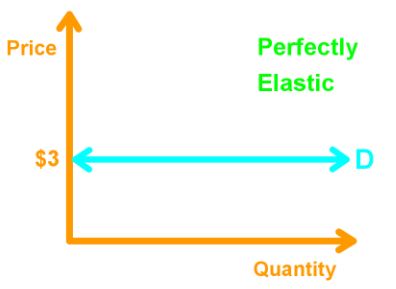
Total Revenue and Price Elasticity of Demand
Total Revenue = Quantity × Price
- If demand is elastic, then 1% price cut increases the quantity sold by more than 1%. This causes revenues to increase.
- If demand is inelastic, then 1% price cut increases the quantity sold by less than 1%. This causes the revenue to decrease.
- If demand is unit elastic, then 1% price cut increase the quantity sold by 1%. This does not change the revenue.
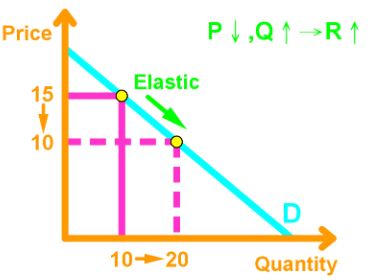
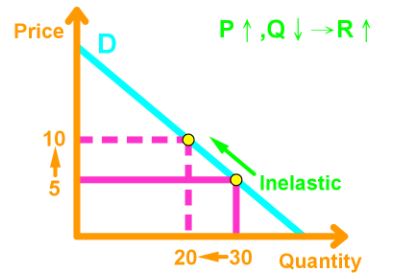
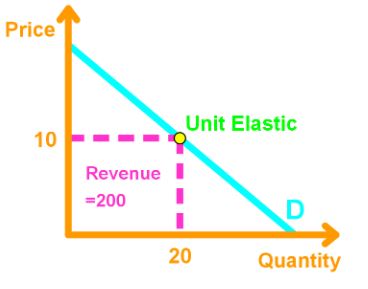
The goal is to always have unit elastic demand.

